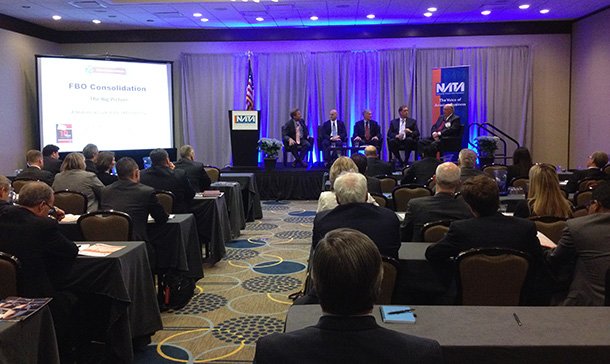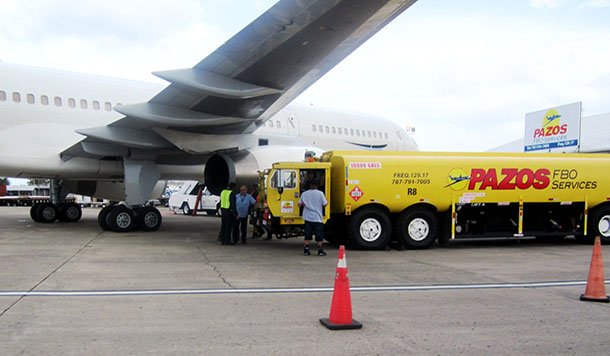Creating an SMS Environment a Plus for FBOs
/By John L. Enticknap and Ron R. Jackson, Principals, Aviation Business Strategies Group (ABSG)
Whether or not your FBO is planning on attaining an IS-BAH registration, creating an internal culture that embraces a Safety Management System (SMS) is highly recommended to help protect and enhance the value of your enterprise.
Because of heightened awareness by aircraft owners and operators to maintain a safe and secure environment both at home base and when traveling, more and more FBOs have increased their safety training. They find that SMS-integrated protocols set the tone for the internal culture while providing the desired structure, reporting systems and resolution procedures.
Not only does an effective SMS program help manage and mitigate risk, it can also improve your bottom line by lowering the rate of costly incidents involving aircraft on the ramp as well as nagging hangar rash problems. In addition, an active SMS program helps build your insurance story which can lower your insurance premiums. As we teach in our NATA FBO Success Seminar, that's free money.
Over the past several years, various aviation sectors have come to embrace SMS including commercial airlines. The FAA has mandated that U.S. commercial airlines have SMS in place by 2018. In addition, many FAR Part 135 charter operations have also made SMS part of their operational environment.
So what's next for the aviation industry? In the not too distant future, you'll see airport authorities embracing SMS, especially at locations where commercial airlines operate. The FAA has already published a Supplemental Notice of Proposed Rulemaking (SNPRM) for SMS in the airport area.
For FBOs, this could be the writing on the wall, especially if you operate a facility at an airport where there is commercial traffic and even more so if you have airline fueling contracts and/or offer U.S Customs services as a Port of Entry. The airlines, and to a degree the airport authorities, will no doubt develop vetting procedures for vendors and suppliers of aviation services.
Creating SMS for any size FBO is not a formidable task and owners/operators should not be intimidated by the process. However, if you are going to get on the SMS bandwagon, make sure you do it in such a way so as to conform with IS-BAH standards in case you want to obtain an IS-BAH registration down the road. We work with many FBO clients who want us to help them frame their SMS to be IS-BAH compliant. Please refer to our previous blog where we talk about whether or not IS-BAH is right for your FBO.
One of the main things to remember when creating an SMS is to establish an internal culture where safety is a priority and anonymous hazard and incident reporting by employees is encouraged without retribution. In this way, the safety culture flourishes.
Please leave a comment on this subject below. If you have any questions, please give us a call or send us an email: jenticknap@bellsouth.com, 404-867-5518; ronjacksongroup@gmail.com, 972-979-6566.
ABOUT THE BLOGGERS:
John Enticknap has more than 35 years of aviation fueling and FBO services industry experience and is an IS-BAH Accredited auditor. Ron Jackson is co-founder of Aviation Business Strategies Group and president of The Jackson Group, a PR agency specializing in FBO marketing and customer service training. Visit the biography page or absggroup.com for more background.
SUBSCRIBE:
Subscribe to the AC-U-KWIK FBO Connection Newsletter
© 2016 ABSG






















